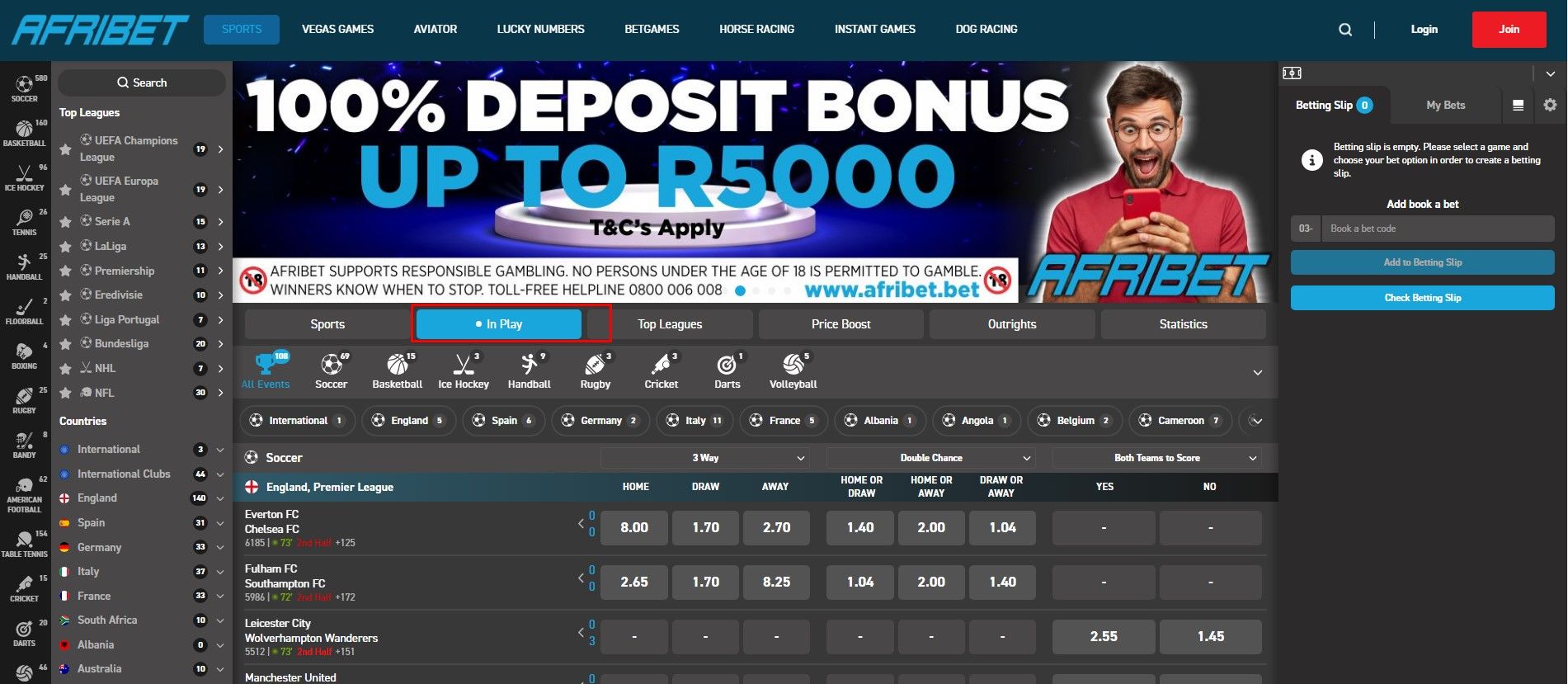Jobs afribet bet — typical roles and application tips
| Brand | Bonus | Site |
|---|---|---|
| 100% up to €150 + 100 FS | Bet Now → | |
| 100% up to €100 | Bet Now → | |
| 100% up to €100 + 50 Free Spins | Bet Now → |
Show hard numbers: list the exact volume you managed (for example, maintained market depth across 200+ fixtures weekly), concrete outcomes (reduced withdrawal processing time from 48h to 6h), and transaction totals (processed 25,000 monthly deposits with a 98.5% success rate). Include one or two lines about product familiarity – accumulator products you’ve priced, how you calculate payout multipliers, and typical stake sizing you use for risk checks.
Prepare a short portfolio: a spreadsheet with three accumulator examples (odds and final return), a table of pre-match metrics you monitor, and a reconciliation file showing ticket id logs and how you resolved mismatches. Bring an example formula – e.g., odds 1.4, 1.6, 2.0 with a stake of $10 yields 10×1.4×1.6×2.0 = $44.80 – and a one-page note explaining how market depth changes would force odds adjustments.
During interview or submission, be ready to discuss operational controls: KYC checks tied to deposit patterns, fastest routes to resolve withdrawal disputes, API tools used to flag suspicious ticket id sequences, and how you size stake limits per account. Mention technical skills (Excel pivot tables, SQL queries for transaction logs, basic Python scripts for fixtures ingestion) and include two referee contacts who can confirm throughput numbers.
Getting help when you need it

Contact live chat first: have your ticket id, deposit receipt and exact stake ready. State whether selection was pre-match or in-play, list match fixtures, and specify if the ticket was an accumulator so agents see the whole chain. For payment questions include deposit timestamp, payment method and any transaction reference; for withdrawal requests attach a screenshot of the bank transfer and the intended payout destination. If you face two-factor login trouble, request a temporary code reset and send ID photocopy plus the phone number tied to the account. Save all correspondence and note response timestamps; if support doesn't reply within 72 hours, escalate by replying to the original email with “Escalate” in the subject and paste the ticket id. Use screenshots of wager slips and payment confirmations to speed verification. Keep language concise and stick to facts: amounts, times, and exact selections shorten resolution time.
Account security essentials
Enable two-factor authentication (TOTP) and link it to an authenticator app; use a passphrase of at least 12 characters with mixed case, numbers and symbols. Set explicit deposit and withdrawal limits in account settings and enable SMS/email alerts for any changes. Lock the account after 5 failed logins and require ID verification for withdrawals. Record every ticket id for accumulator and pre-match tickets, plus screenshots of fixtures and market depth pages before placing a stake; store timestamps for dispute evidence. Use a unique password per service and a trusted password manager, review active sessions monthly, and revoke unused third-party access. If you see unusual transactions, contact support immediately with ticket id and timestamps.
Early pitfalls to avoid
Cut stake to 1–2% of bankroll on unfamiliar markets; larger sizes worsen losses when liquidity collapses. Always cross-check fixtures and pre-match lineups at least 30 minutes before start – late changes flip probabilities and void linked selections. Inspect market depth before placing orders: thin books produce price slippage, unmatched tickets and partial fills. Screenshot confirmations and note the ticket id immediately; dispute resolution depends on that identifier. Turn on two-factor login and bind recovery contacts to prevent account takeovers and unauthorized withdrawals; confirm withdrawal limits and processing windows before funding. For accumulator selections, cap legs at three if any market shows limited depth, or switch to singles for clearer pricing. Avoid last-second entries on mobile feeds; latency increases rejection risk and can hide odds movement. Keep a written log of stake amounts, odds and timestamps; contact support within 24 hours with ticket id and screenshots if a payout or withdrawal fails. Verify currency, min/max limits and market-specific rules before committing funds.
Questions people ask most
Enable two-factor login immediately to protect withdrawals and deposit history.
- How fast are deposits and withdrawals? Deposits usually post instantly; withdrawals clear in 24–72 hours depending on method, verification and KYC.
- What does market depth mean? It shows available stake at different odds levels so you can anticipate partial fills and short-term price moves.
- Can fixtures move before play? Pre-match markets shift; place or adjust your stake early if lines move or liquidity drops.
- What if I lose my ticket id? Contact support with username, transaction reference, time and a screenshot for tracking.
- Are there stake limits per market? Check min/max in the market header; high-profile events typically have higher limits and lower volatility.
When it’s slow – ways around
Switch to pre-match markets and use low-stake accumulator slips across 3–5 short-priced fixtures when live liquidity drops. Monitor market depth and set a hard slippage ceiling (1–2%); reduce each stake to 1–3% of your bankroll, increase unit size only if depth exceeds twice planned exposure. Save every ticket id, screenshot accepted odds and timestamps, and attach those to any support query. Avoid repeated tiny deposit and withdrawal cycles–make one consolidated deposit, let tickets clear, then request withdrawal to reduce holds. Use in-play only where orderbook depth is visible and back up positions with early pre-match orders. Maintain a simple tracker of fixture start times and turnover rates; rotate into markets showing steady volume. Small, disciplined stakes plus clear records keep activity moving without chasing erratic lines.
Q&A:
What kinds of positions are commonly available at Afribet Bet?
Afribet Bet typically hires across several departments. Common openings include customer support representatives, sportsbook traders, odds compilers, front‑end and back‑end developers, data analysts, payments and fraud specialists, compliance and AML officers, product managers, and marketing or content roles. Smaller teams may also need operations staff, HR, and QA testers. Job level ranges from entry roles (support, junior dev) to senior positions (lead trader, engineering manager).
Which skills and experience do recruiters at Afribet Bet usually look for?
Recruiters focus on role‑specific technical skills plus practical industry knowledge. For trading and risk roles they expect strong numeracy, comfort with probability and basic statistics, and experience using spreadsheets, SQL or scripting languages. Developers should show projects in relevant languages and familiarity with APIs and cloud services. For customer support, clear communication, conflict handling and shift flexibility matter. Compliance candidates need knowledge of KYC/AML procedures and local regulation. Across roles, employers value accuracy, responsiveness, and examples of measurable results from prior work.
How can I prepare a strong application and perform well in interviews for a trader or risk analyst role at Afribet Bet?
First, tailor your CV to highlight quantifiable achievements: revenue impacts, error reductions, models you built, or limits you managed. Include technical skills (Excel modeling, SQL, Python/R) and name any betting or financial platforms you have used. Prepare short case examples that show how you solved an odds, exposure or fraud problem, with steps you took and outcomes. Expect practical tests on probability, expected value and quick mental arithmetic; practice timed problem sets and spreadsheet exercises. For the interview, be ready to describe how you handle pressure, shift rotations and fast decisions; use concise STAR‑style answers (Situation, Task, Action, Result). Ask about the team structure, risk limits, monitoring tools and on‑call expectations so you can assess fit. After the interview, send a brief follow‑up note that reiterates one or two strengths and thanks the interviewer for their time.


